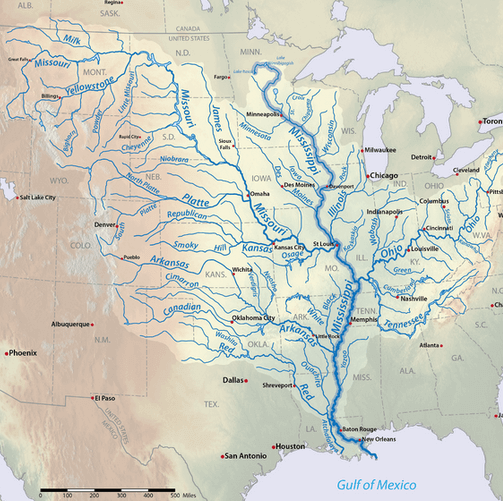 Stories of American Adventure
Stories of American Adventure
Stories of American Adventure
Stories of American Adventure


 Stories of American Adventure
Stories of American Adventure
Stories of American Adventure
Stories of American Adventure

Study the lesson for one week.
Over the week:
Activity 1: Narrate the Lesson
Activity 2: Map the Lesson
In the lesson, Mr. Beausoleil and his crew traveled via the Mississippi River from New Orleans to St. Louis. Zoom in and study the map.

Activity 3: Discuss the Story
The slave, Cacasotte, pretended to celebrate when the river pirates took the barge and claimed his master, Mr. Beausoleil, was cruel, but later reclaimed the boat for his master.
A slave is a person who is the legal property of another and is forced to obey them (Google Define). Slaves work for no pay.
At that time, slavery was legal in the United States. Slave masters could beat their slaves and treat them horribly without any repercussions.
Activity 4: Complete Coloring Pages, Copywork, and Writing
